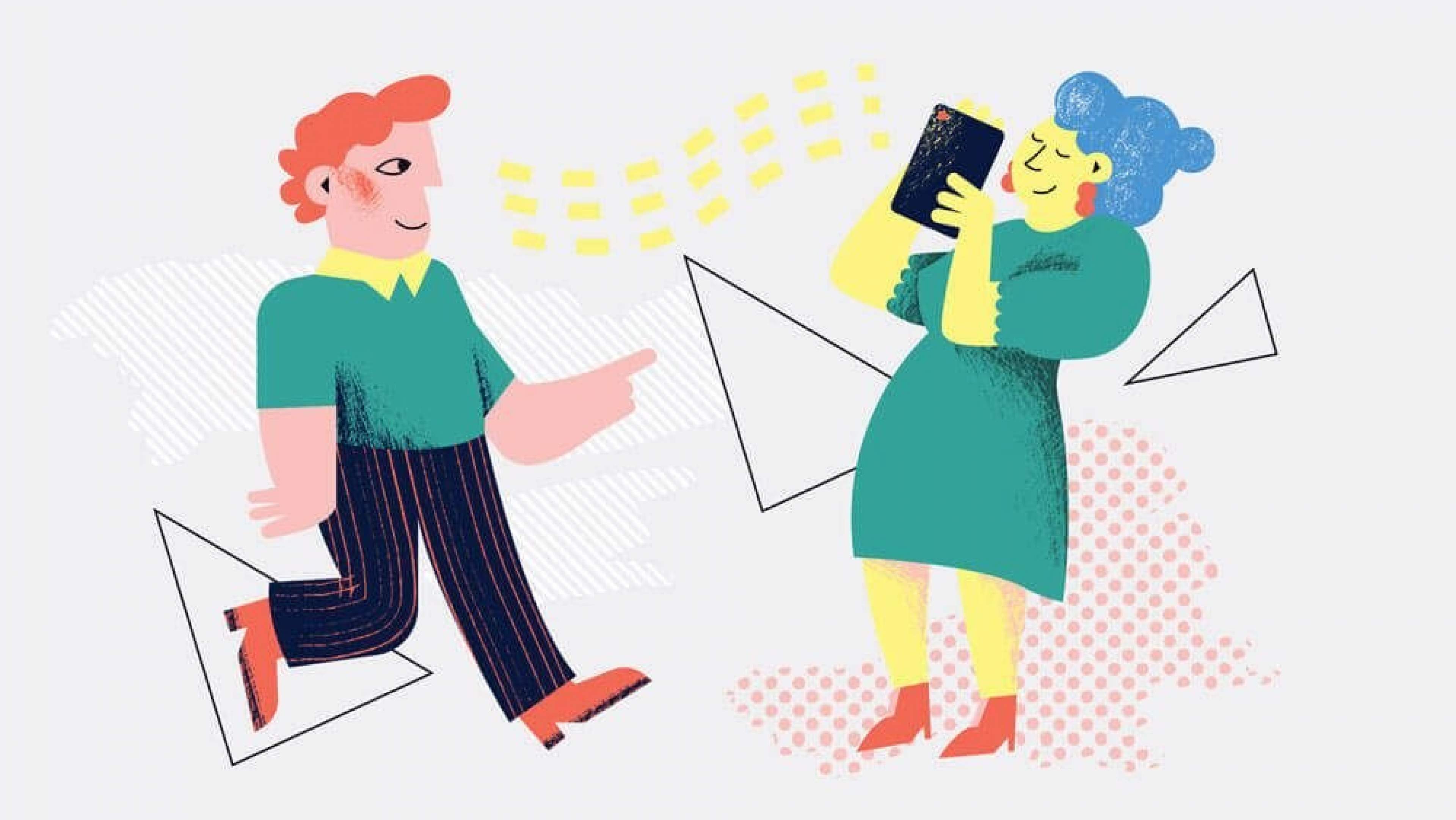Writing the right kind of user research questions is the most important part of a user interview. The interview process is one of the first steps in your team’s design plan that yields valuable insights from the people you want to build something for. Getting out of their way and letting them talk is paramount.
The thing to keep in mind when writing the questions for a user interview is to give the interviewee as much space to state their genuine opinion as possible. Many people will be susceptible to questions that guide them toward one answer or another. To truly understand the pain points and motivation for a user — and then building a great product from that information — you have to let them feel like any answer is the right one.
See all the possibilities of user research we use here
Analyzing the motivations behind user survey questions
There aren’t one-size-fits-all questions that have to be included in every user interview. There are general motivations behind the questions you can ask that guide you toward the right wording.
Let’s look at an example set of questions we might use in interviewing users about a roommate finding app. We’ll show you the questions and then the reasoning behind them so you can use a similar methodology.
| Question: | Motivation: |
| “Tell me about the last time you were looking for a roommate. What were you looking for?” | What is the user trying to accomplish? Gather context about the user and their goals. |
| “How did you begin your search? What did you talk about the first time you met your roommate? How did you know it was a good / bad fit?” | How does the user currently do this? Probe into what the current workflow looks like, and understand his/her motivations. |
| “Rate this experience on a scale of 1 to 5, with 1 being terrible and 5 being the ideal. What was good about it? What would have made it better?” | What is difficult about the current experience? |
| “What surprised you about your roommate experience? In retrospect, what do you wish you’d known?” | Pain points in the current experience represent opportunities for your feature/product to fill. |
As you can see, the questions leave a lot of space for the user to fill in their own experiences. The interview process is around 45 minutes, so you’ll want to have many more questions than just the kinds outlined above. Let’s break down some overall best practices for interviewing a user:
- Ask open-ended questions
- “How do you feel about…”
- “What do you think about…”
- Elicit real examples from past experience:
- “Tell me about the last time…”
- Acknowledge answers without judgment:
- “Yes, I understand.”
- Start and end with easy questions:
- “Tell me about what a typical day is like on the job…
- Extract any data that still may be missed at the end:
-
- “Is there anything else I should know?”
-
There are also general rules to follow to ensure you don’t end up pointing a user toward a specific answer:
- Don’t ask the users what they want
- The goal is to simply understand how they do the process now. What would make things easier for the user will show itself in the interview process?
- Don’t ask for predictions of the future
- Bad: “Would you use this feature if it was available?”
- Better: “How are you doing this right now?”
- Don’t show personal involvement in the topic
- Bad: “What do you think about how we designed this?”
- Better: “What do you think about this?
- Don’t ask double-barreled questions
- Bad: “How did you discover and respond to that information?”
- Better: “How did you discover this information?” and then “How did you respond to that information?”
See how user research fits into the bigger design picture
Taking notes during user research interview questions
The best way to manage a user research interview is two roles: the interviewer and the note taker. The interviewer asks the questions and keeps the interview on track, the note taker documents the answers as the interview progresses.
The note taker during the interview process should also be on the lookout for biases or pre-judgments when documenting the experiences of the user interview. While you can use a computer to type answers or a notebook to write them down, we prefer putting each idea on a single post-it note. This way we can easily layout all of the ideas after the interview to rearrange things based on importance. It also helps to see everything in the big picture of post-its on a whiteboard to take in the big picture of a user’s thoughts.
Similar to the best practices for formulating questions, the note taker should be as close to the exact phrasing of the user as it can be. Don’t put your own interpretation or spin on what is said. Also be sure to include direct quotes, especially ones that stand out to you. Those are very impactful for the rest of the process. Often a good direct quote about the heart of a user’s pain point will be pointed to in the discussions amongst your team.
User research interviews will help you build the right thing
The more your team conducts user research interviews, the better you will get at extracting those insights from potential users. Same with drawing conclusions after your interviews. Once you’ve assembled the user’s answers in sticky notes onto a wall or white-board, patterns will start to emerge. Using those patterns to guide your building process will ensure you make something useful. If you’d like us to help guide your team through this process, get in touch with us here.




